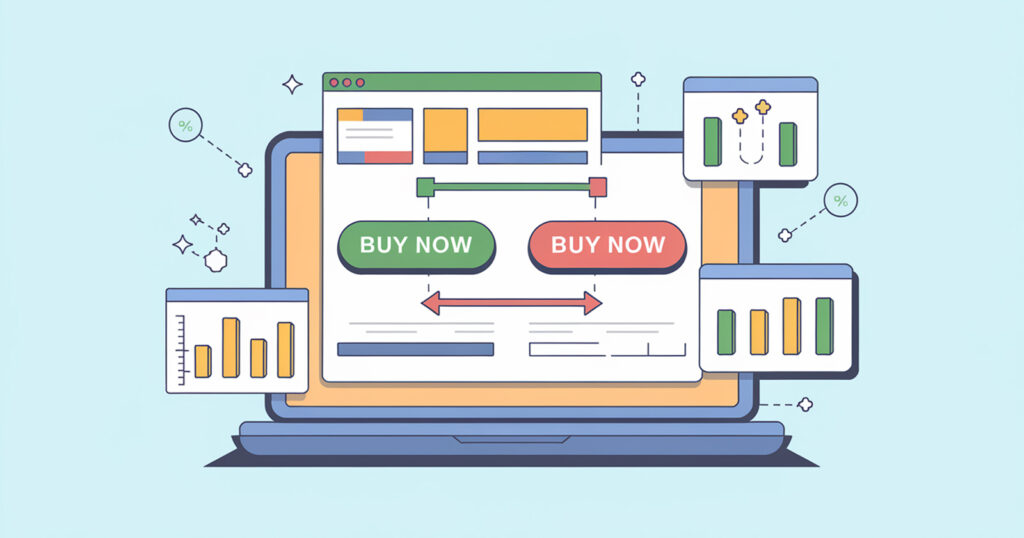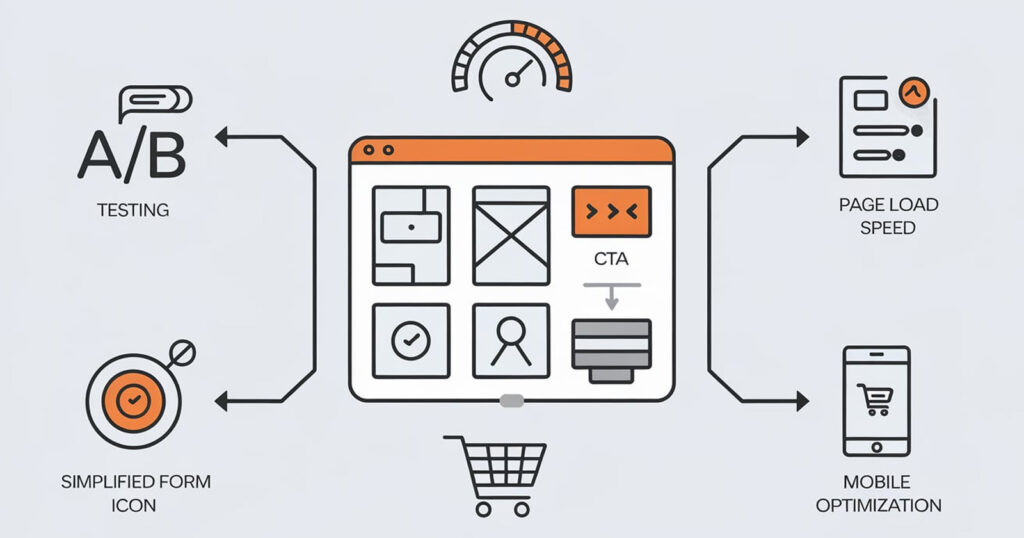
In today’s online business world, it’s not just about getting people to your website, it’s about what they do once they’re there. That’s where CRO, or conversion rate optimization, comes into play. But exactly what is CRO in marketing, and why does it matter?
In this guide, we’ll break down the basics of CRO, explain why it’s essential for businesses today, and share some smart strategies you can use to get more from your website visitors.
What is Conversion Rate Optimization?

So, what exactly is CRO? In simple terms, Conversion Rate Optimization (CRO) is the process of improving your website to turn more visitors into customers or leads. Whether you’re running an ecommerce store or a service-based business, CRO helps you boost the percentage of users who take a desired action, like making a purchase, signing up for a newsletter, or filling out a form.
Imagine you have 1,000 visitors per month, but only 20 of them end up buying something. That gives you a conversion rate of 2%. Through CRO techniques, you can increase that percentage, squeezing more sales from the traffic you’re already getting.
What is CRO Testing?
Now, let’s talk about CRO testing, one of the core elements of conversion rate optimization. You might’ve heard of A/B testing (or split testing). Essentially, you create two versions of a webpage (or even just a single element like a headline or button) and test them to see which one performs better.
For example, maybe you’re not sure if a green “Buy Now” button or a red one will get more clicks. With CRO testing, you can compare both options and go with the one that drives more sales.
Why CRO is Critical for Businesses Today

Now that you know what CRO is, let’s dive into why it matters so much for businesses, especially in today’s competitive landscape.
Maximize Your Existing Traffic
You’ve worked hard (and probably spent some money) to get visitors to your site. CRO helps you make the most of that traffic by increasing the chances they’ll convert.
Boost User Experience
CRO isn’t just about conversions, it’s about understanding your customers. By optimizing your site for their needs, you’ll improve their experience, which keeps them coming back for more.
Cost-Effective Growth:
Why spend extra cash driving new traffic when you can convert more of your existing visitors? CRO helps you grow without increasing your marketing spend.
Understand Customer Behavior:
With CRO, you’ll gain valuable insights into what makes your visitors tick. These insights can improve not just your website, but your entire marketing strategy.
Common CRO Strategies to Improve Website Performance

Let’s get into some practical CRO strategies that can help you start boosting conversions on your site.
1. A/B Testing (CRO Testing)
As we mentioned, CRO testing is a game-changer. You can test headlines, images, calls-to-action (CTAs), and even page layouts to see what works best. Small changes can often lead to big improvements.
2. Improve Page Load Speed
Nobody likes a slow website, especially not your customers. In fact, even a one-second delay can cause your conversion rates to drop. Use tools like Google PageSpeed Insights to identify speed issues and fix them by compressing images and reducing unnecessary code.
3. Simplify Forms
Long forms can scare people away. Cut down on unnecessary fields and make it as easy as possible for visitors to complete forms, whether they’re signing up for a newsletter or creating an account.
4. Enhance Your Call-to-Action (CTA)
A compelling, clear, and attention-grabbing CTA is essential for conversions. Experiment with the wording, color, and placement of your CTAs to see what drives the most clicks.
5. Streamline Your Checkout Process
If you run an ecommerce store, optimizing your checkout process is critical. The fewer steps there are between adding an item to the cart and completing the purchase, the better. Don’t forget to offer guest checkout options to make the process even easier.
6. Optimize for Mobile Users
With more and more people browsing and shopping on their phones, making sure your site is mobile-friendly is a must. A responsive design, fast mobile load times, and easy navigation are key to keeping mobile users happy and converting.
Conclusion: How CRO Fits Into Your Digital Marketing Plan
Conversion Rate Optimization isn’t just a bonus, it’s a critical part of any successful digital marketing strategy. By understanding what CRO in marketing is and implementing the right strategies, you can improve your website’s performance, increase conversions, and boost revenue without spending extra on traffic.
CRO is an ongoing process. Whether it’s through CRO testing or optimizing your checkout flow, you’ll keep learning what works best for your audience, leading to more conversions and a better user experience.
Frequently Asked Question (FAQs)
CRO (Conversion Rate Optimization) in marketing refers to the process of improving a website to increase the percentage of visitors who take a desired action, such as making a purchase or signing up for a service.
CRO is crucial because it helps businesses maximize the value of their existing traffic, improve user experience, boost conversions, and drive growth without increasing marketing spend.
CRO testing, also known as A/B testing, involves creating multiple versions of a webpage or element (such as a CTA or headline) to determine which one performs better in terms of conversions.
Faster page load times improve user experience and reduce bounce rates. A slow website can cause potential customers to leave before making a purchase, significantly impacting your conversion rates.
Optimizing for mobile users is crucial as mobile traffic continues to rise. A responsive, mobile-friendly design ensures a seamless experience, leading to higher engagement and better conversions.
